X
Safety Valve Price And Quantity
- 200 INR/Piece
- 10 Piece
Safety Valve Product Specifications
- Specific
Safety Valve Trade Information
- 100 Piece Per Week
- 2-7 Days
- Yes
- Contact us for information regarding our sample policy
- All India
- ISO 9001:2015
Product Description
Safety valve is a mechanical device that functions as a pressure relief mechanism. It is primarily used to protect pressure vessels, pipelines, boilers, and other systems from excessive pressure build-up by releasing the excess pressure in a controlled manner.
Frequently Asked Questions:
Q: Why are safety valves important?
A: Safety valves play a critical role in maintaining the integrity and safety of pressurized systems. They provide protection against overpressure situations that can lead to equipment failure, explosions, or other hazardous events. Safety valves are a vital part of risk management and compliance with safety regulations.
Q: How does a safety valve work?
A: A safety valve typically consists of a valve mechanism, a spring or other actuating element, and a set pressure adjustment mechanism. When the pressure inside a system exceeds the set pressure, the safety valve opens to relieve the excess pressure, allowing it to escape until the pressure returns to a safe level.
Q: What are the types of safety valves?
A: There are various types of safety valves, including spring-loaded safety valves, pilot-operated safety valves, balanced safety valves, and pressure relief valves. Each type has its own design and operation principles, making them suitable for specific applications and pressure ranges.
Q: How is the set pressure of a safety valve determined?
A: The set pressure of a safety valve is determined based on several factors, including the design pressure and temperature of the system being protected, applicable safety codes and regulations, and the manufacturer's specifications. Proper sizing and selection of safety valves are crucial to ensure reliable and accurate pressure relief.
Tell us about your requirement

Price:
Quantity
Select Unit
- 50
- 100
- 200
- 250
- 500
- 1000+
Additional detail
Mobile number
Email

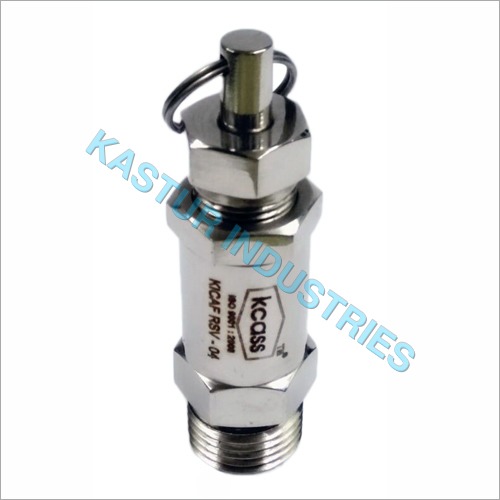

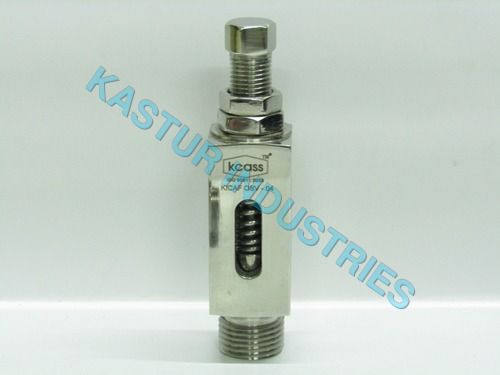
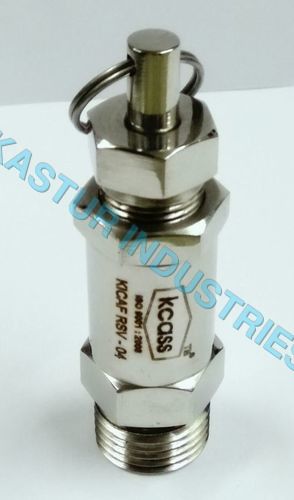
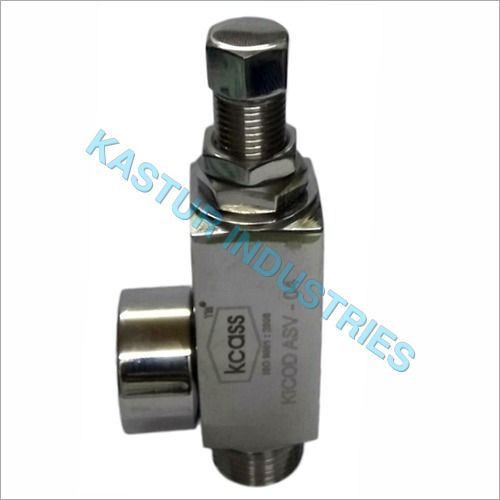
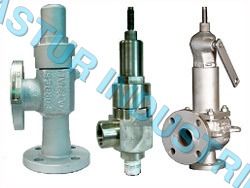


 Send Inquiry
Send Inquiry Send SMS
Send SMS English
English Spanish
Spanish French
French German
German Italian
Italian Chinese (Simplified)
Chinese (Simplified) Japanese
Japanese Korean
Korean Arabic
Arabic Portuguese
Portuguese